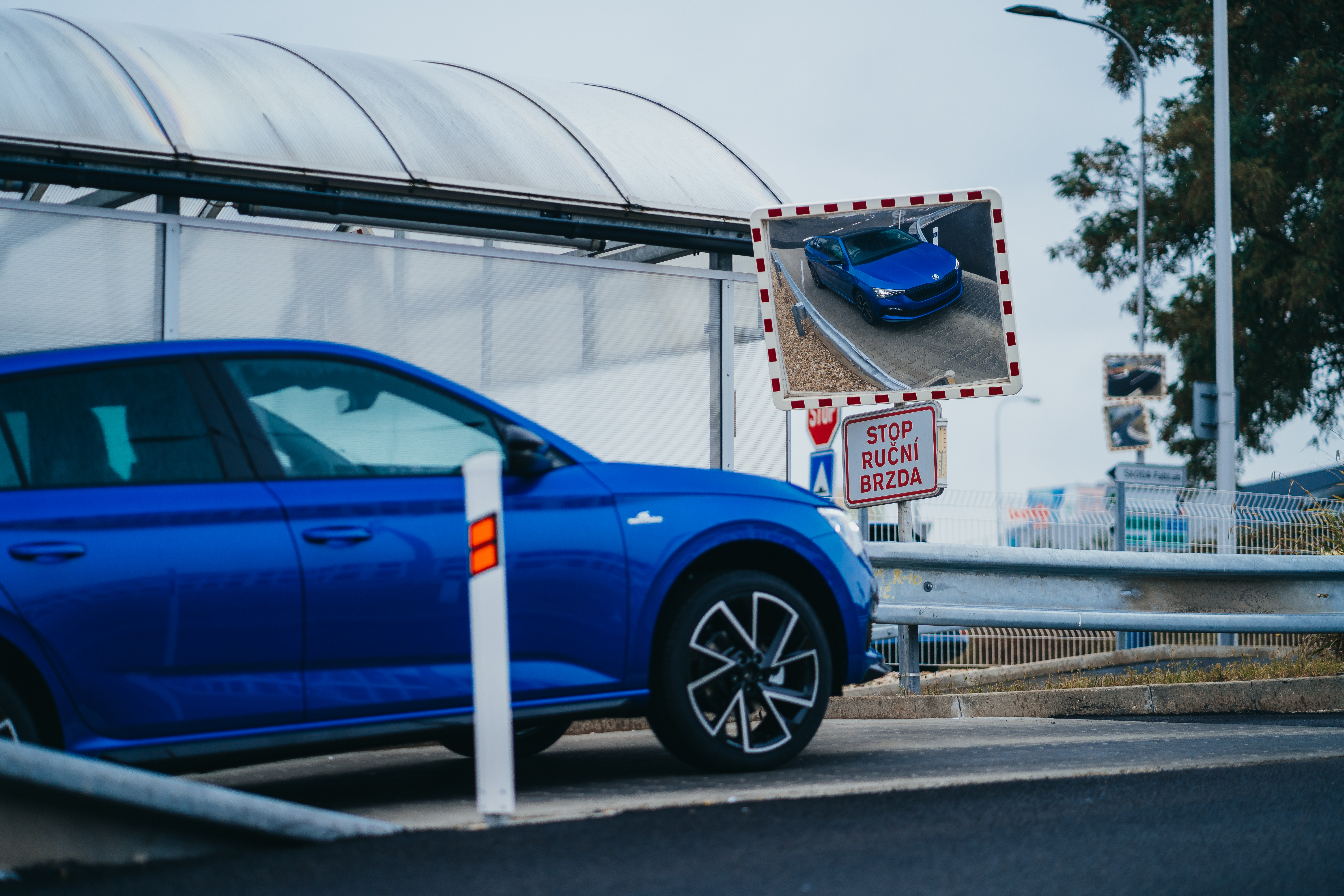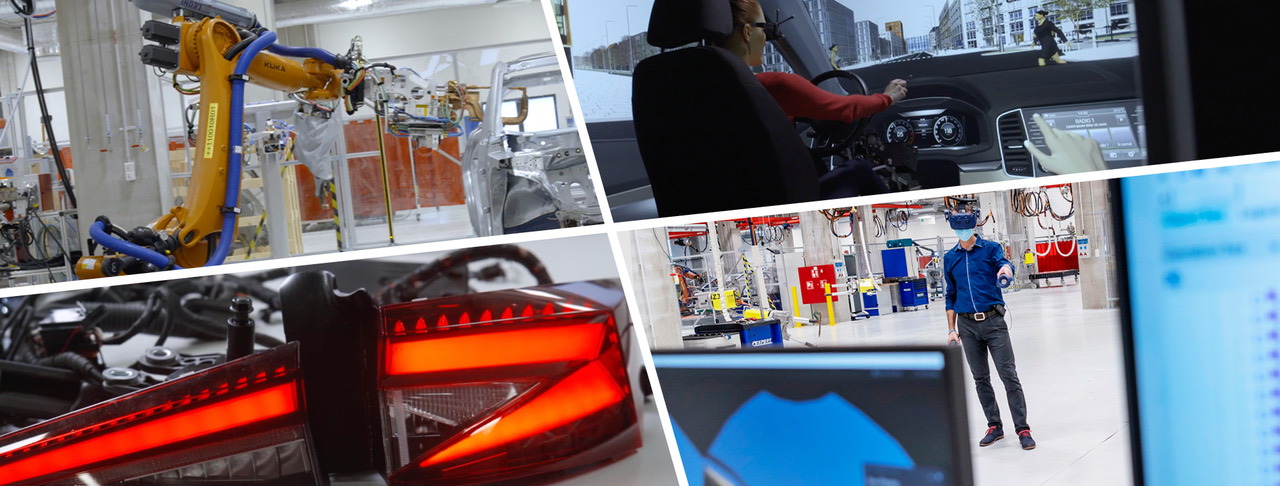There is one of these intensive testing tracks, which are used to check the quality of new cars, located at every one of ŠKODA’s production sites. For example, the ŠKODA SCALA, KAMIQ and FABIA models pass through the polygon adjacent to the M1 hall of the Mladá Boleslav plant where they are built. But all other ŠKODA models undergo a similar test close to their production line.
The quality test polygon is a relatively short test track consisting of various types of surfaces and hazards that thoroughly test the quality of the car’s construction. In addition, test drivers also perform other checks to make sure the car’s systems are functional. On the polygon, the cars complete two circuits, each approximately 450 metres long and each with slightly different hazards. The entire process takes about 12 minutes to complete, including the time it takes to drive the car there from the factory.
 The Quality Test Polygon
The Quality Test Polygon
“In addition to the actual driving, the drivers test the functional elements of the car with the engine running so that the car’s 12-volt battery system does not suffer. Among other things, they check the indicators and their stalk returns, test the horn, wipers, windscreen washers, the functionality of the mirror adjustment, air conditioning and heating, window and seat heating, and the infotainment system,” explains Petr Konečný, the driving test coordinator from the Quality Management Department.
 The ramp where the handbrake is tested.
The ramp where the handbrake is tested.
To keep up with the pace at which the cars roll off the production line, there are fifteen test drivers working each shift. That number is the result of an analysis of workflow, occupational hygiene and industrial engineering data. The modernisation of work processes and the use of new technologies to prevent potential customer complaints is an essential part of the work of the Quality Management department headed by Dr Florian Weymar.
Every car is put through the same testing; no model is exempt. If the drivers want to flag up a potential problem, the car is sent to what is known as the reconditioning centre. Once the issue has been rectified, it is sent back for another test drive.
 The polygon’s diverse range of surfaces
The polygon’s diverse range of surfaces



























